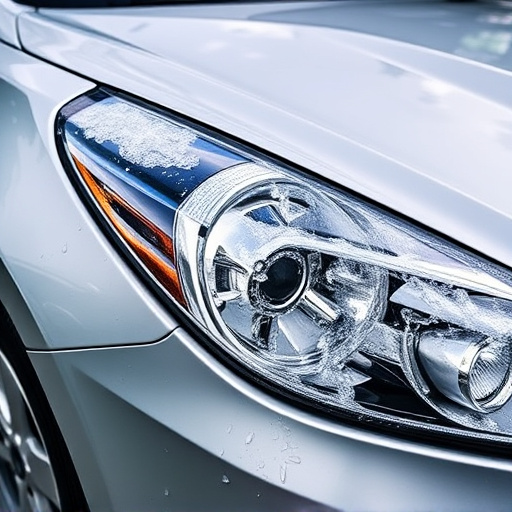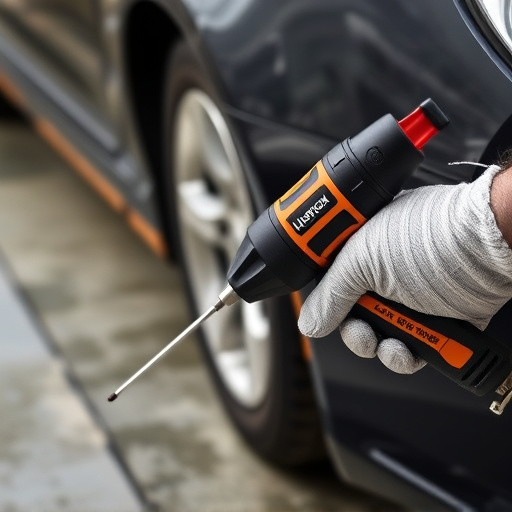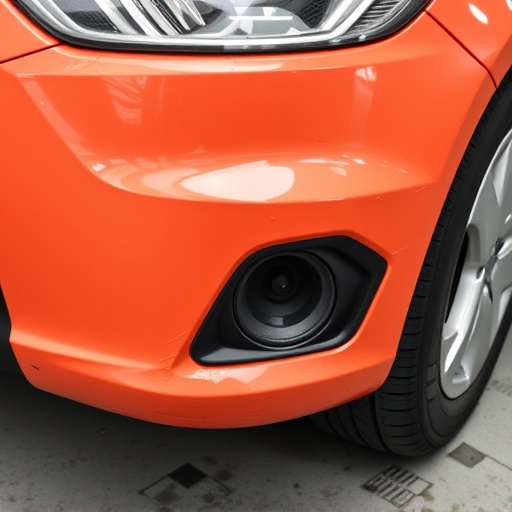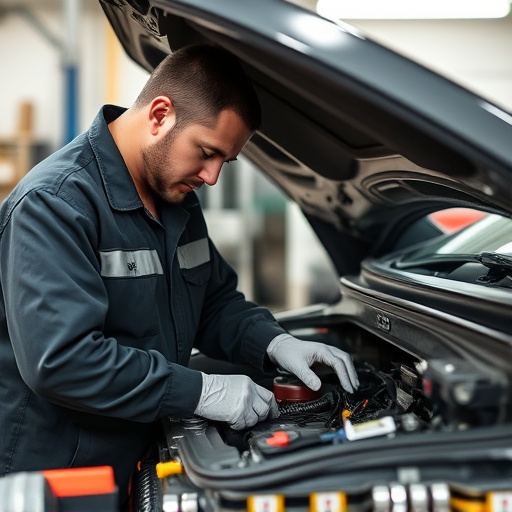PDR tools (Paintless Dent Repair) have advanced significantly, offering a range of options for auto detailing and collision repair. They enable technicians to fix dents and scratches without repainting, reducing costs and maintaining factory finishes. These tools are versatile, suitable for various skill levels and budgets, from DIY kits to computer-controlled systems. Investing in PDR tools benefits auto repair businesses with faster repairs, reduced costs, and improved customer satisfaction, allowing them to handle higher volumes efficiently. Despite newer technologies, PDR tools remain valuable, providing cost-effective solutions for minor dents and scratches, with proper maintenance ensuring longevity as a sound long-term investment compared to frequent tech upgrades.
Are PDR tools still relevant in today’s digital landscape? This article delves into the evolving world of Product Data Management (PDM), exploring whether investing in PDR tools remains a valuable endeavor for modern businesses. We’ll examine the benefits of PDM tools, assess their return on investment, and provide insights to help you navigate this strategic decision. Understanding the current state of PDR tools is crucial as businesses strive for efficient product data management.
- Understanding PDR Tools: Evolution and Current Landscape
- Benefits of Investing in PDR Tools for Modern Businesses
- Evaluating ROI: Are PDR Tools Still Relevant?
Understanding PDR Tools: Evolution and Current Landscape
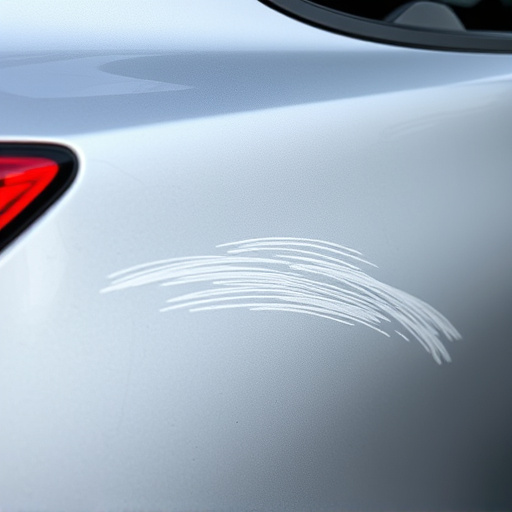
PDR tools, short for Paintless Dent Repair tools, have undergone a remarkable evolution over the years, transforming from simple hand tools to advanced technological solutions. These tools play a pivotal role in the auto detailing and vehicle collision repair industries by enabling technicians to remove dents and scratches from car bodies without the need for traditional paint and panel replacement methods.
The current landscape of PDR tools is characterized by a diverse range of options, catering to various skill levels and budget constraints. From portable, manual kits suitable for DIY enthusiasts to sophisticated, computer-controlled systems used in professional auto body shops, these tools continue to drive innovation in the field of auto detailing and paintless dent repair. Their effectiveness in minimizing vehicle collision repair costs while preserving the original factory finish has solidified their relevance in today’s market.
Benefits of Investing in PDR Tools for Modern Businesses
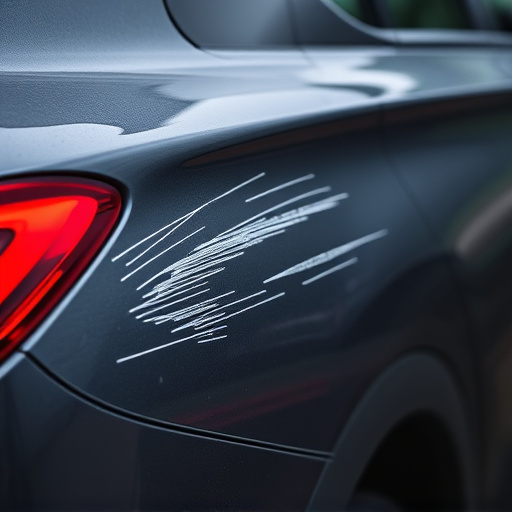
Investing in PDR (Paintless Dent Repair) tools is a strategic move for modern businesses, especially those in the auto repair sector. These tools offer a multitude of benefits that can significantly enhance efficiency and profitability. By adopting PDR technology, car body shops and auto repair services can provide faster, more precise dent repairs, reducing the time and costs associated with traditional methods. This not only improves customer satisfaction but also allows businesses to handle a higher volume of work without expanding their physical space.
Moreover, PDR tools are versatile, suitable for various types of dents and vehicle surfaces. They can restore damaged cars to their original condition, preserving the car’s value and aesthetics. For auto body repair shops, offering PDR services can be a game-changer, setting them apart from competitors and attracting a wider customer base that values efficient, non-invasive repairs. In today’s competitive market, investing in PDR tools is a smart decision for businesses looking to stay ahead and provide cutting-edge auto repair services.
Evaluating ROI: Are PDR Tools Still Relevant?
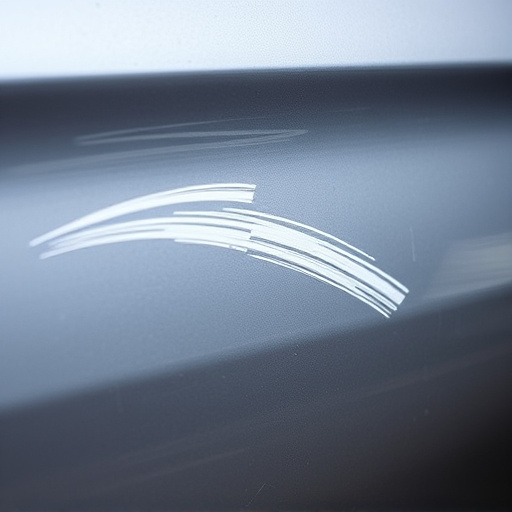
Evaluating ROI: Are PDR Tools Still Relevant?
In today’s digital era, where technology advances at a dizzying pace, it’s natural to question the relevance of older tools like PDR (Paintless Dent Repair) equipment. Yet, despite the emergence of innovative solutions for auto body work and dent removal, PDR tools remain a valuable asset for many automotive collision repair shops. The real test of their worth lies in measuring return on investment (ROI).
While some may argue that newer methods offering faster turnaround times and reduced material costs are the future of automotive collision repair, the benefits of PDR tools can’t be overlooked. They provide an efficient, cost-effective solution for minor dents and scratches, reducing labor hours spent on intricate auto body work. Moreover, with proper maintenance, these tools can last for years, making them a sound investment in the long run, especially when compared to the constant need for upgrades with rapidly evolving technologies like automated dent removal systems.
In a rapidly evolving digital landscape, investing in PDR tools remains a strategic decision for modern businesses. Despite the question of relevance, the benefits are clear: enhanced efficiency, improved data-driven decisions, and a competitive edge. While ROI evaluation is crucial, the ongoing evolution of PDR tools underscores their enduring value as navigators of today’s bustling business world.
